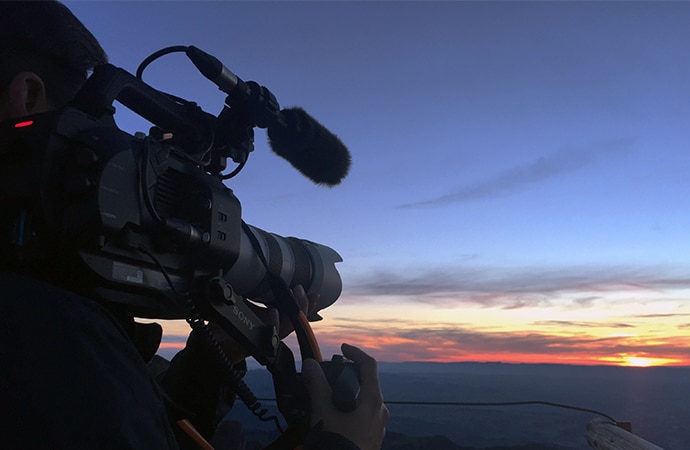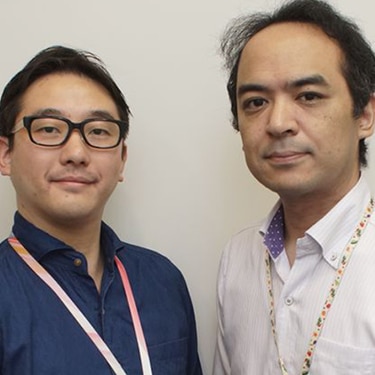Swiss Tourism promo shot with FS7 II
To promote Switzerland to a Korean audience, LNS developed an ambitious concept to be shot on Sony’s PXW-FS7M2 super 35-mm camcorder, with a Sony ILCE-6500 and FDR-X3000 Action Cam as B cameras. We spoke to LNS Media Director Mr. JS Kim to get the inside story.
What was the concept for your video?
Our brief was to appeal to younger audiences who are typically very active on social media. To engage with them, we decided to shoot a video from the point of view of a person traveling with friends. We wanted to not only show the country’s natural beauty, but also to convey the emotional reactions of people on this journey. The creative challenge was to capture the intimacy of this concept—of being there with these friends, of being constantly on the move with them—while also capturing the spectacular landscapes that define Switzerland.

Why did you choose the FS7 II?
A lot of the shoot was on trains and buses and to avoid disturbing others, we needed a small crew. The FS7 II allowed us to get the shots we wanted without lots of different lenses and other accessories. We also knew we could cross-cut from its material to footage from Sony’s a6500 and FDR-X3000 Action Cam.
What challenges did you face on this shoot?
Switzerland is renowned for its beautiful landscapes, but it’s also a difficult environment to properly capture due its variety and changeable weather. In this respect, the FS7 II’s Super 35-mm sensor enabled us to do justice to both natural and urban environments, as well as the people on our journey. We also required a lot of slow motion footage in order to capture the emotions of our travelers and some of the fast-paced activities our travelers would enjoy. The FS7 II’s high-speed shooting capabilities were invaluable for this. I really appreciated being able to shoot in slow motion continuously, without pausing to save, and this ensured we got the shots we needed.

Was there any benefit to lens sharing?
We mainly used SELP18110G for natural and landscape scenes, while SEL50F18F was used for capturing people. The ability to share lenses between the FS7 II and the a6500 helped us to travel light. We also appreciated the ease with which we could change lenses. Whenever we felt we needed to switch things around to get the right shot or the right angle, it was easy to replace the lens on whichever camera we wished to use.
What other features of the FS7 II did you appreciate?
By the nature of this video, we knew we couldn’t control the shooting environment. Often we were shooting on a train or a bus with a rapidly changing background and people moving in the foreground. Changing weather conditions and shadows cast by the mountainous terrain would often cause dramatic lighting shifts without warning. This is where we came to appreciate the FS7 II’s electronic ND filter — this was just an outstanding feature for our project. Despite the constantly changing lighting conditions, we could maintain depth of field and exposure levels to get the shots we needed. I also appreciated the ergonomics of the FS7 II and how it easy it made shooting. The smart grip’s record button, zoom lever, and assignable buttons were easy to use, while the high resolution LCD monitor was very helpful for checking exposure and focus in the field without a sun visor.
What are your final thoughts on this shoot?
The FS7 II is already well known for many different applications, from movies to documentaries and music videos. From my experience on this production, I came to appreciate how well the FS7 II is designed for small productions. It really made me confident I could do a job with a small crew or even do a one-man operation. The Switzerland video is the result of a lot of hard work by my team, but it was also quite enjoyable, thanks to FS7 II.





